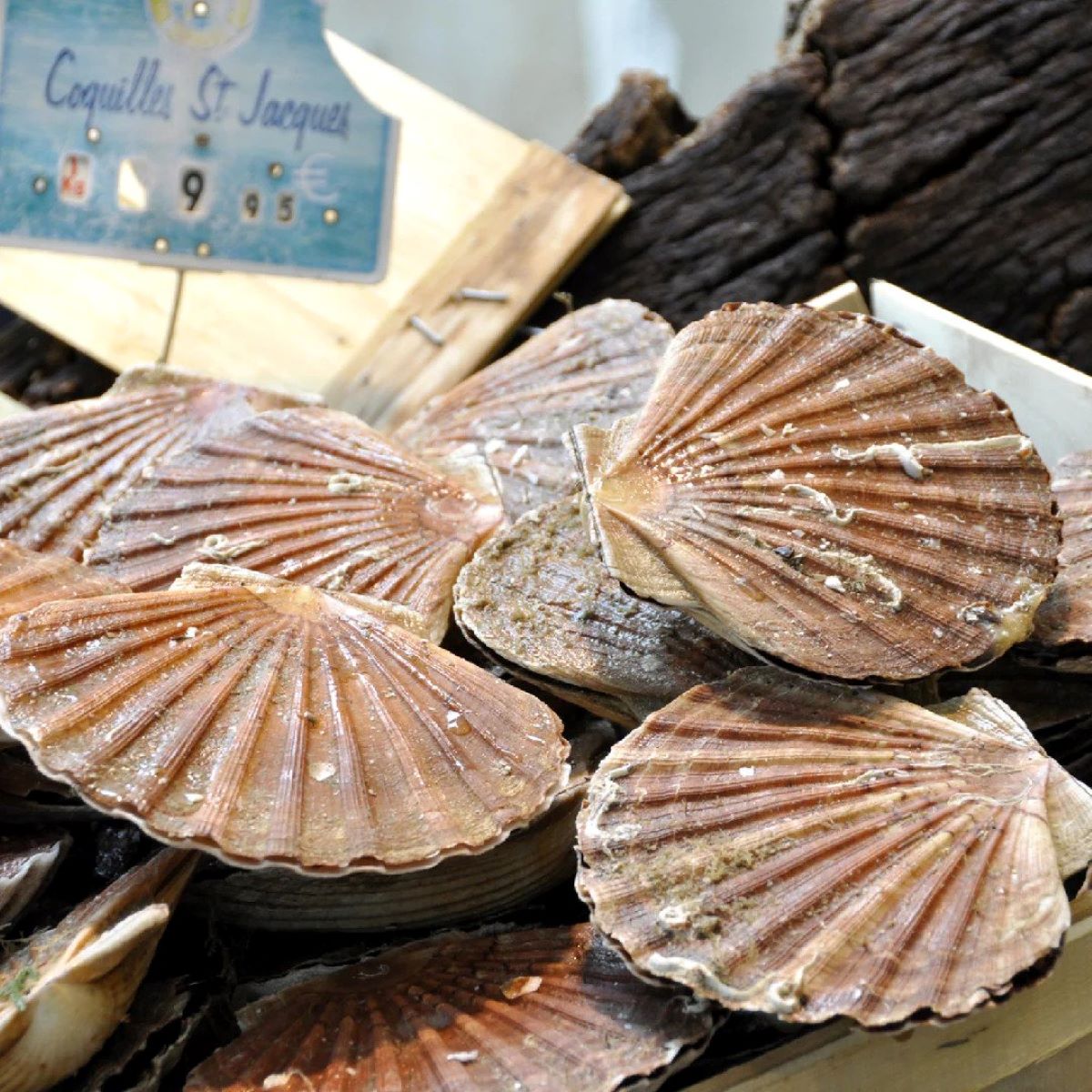

Articles
How To Store Scallops
Modified: January 8, 2024
Learn how to store scallops properly and keep them fresh for longer with these helpful articles. Perfect for seafood enthusiasts looking to enhance their cooking skills.
(Many of the links in this article redirect to a specific reviewed product. Your purchase of these products through affiliate links helps to generate commission for Storables.com, at no extra cost. Learn more)
Introduction
Scallops are a delectable seafood option that can be enjoyed in a variety of culinary creations. Whether you’re planning to use them in a mouthwatering pasta dish, searing them to perfection, or marinating them for a refreshing seafood salad, it’s crucial to store scallops properly to maintain their freshness and flavor. By taking a few extra steps, you can ensure that your scallops remain in optimal condition until you’re ready to prepare them.
In this article, we will explore the best practices for storing scallops, whether they are fresh, frozen, or cooked. We will discuss choosing fresh scallops, proper cleaning and preparation techniques, and various methods for storing them in the refrigerator or freezer. Additionally, we will provide guidelines for thawing and using frozen scallops, as well as alternative storage methods to consider. By implementing these tips, you’ll be able to enjoy succulent and delicious scallops whenever you desire.
So, let’s dive in and discover how to store scallops to ensure their quality and taste are preserved!
Key Takeaways:
- Ensure optimal scallop freshness by choosing high-quality, fresh scallops, cleaning them thoroughly, and storing them in airtight containers at the right temperature to prevent moisture buildup and spoilage.
- Maximize scallop enjoyment by freezing them properly, following safe thawing practices, and exploring alternative storage methods like canning, smoking, dehydrating, and salt curing for diverse flavors and textures.
Read more: How To Cook Scallops In Air Fryer
Choosing Fresh Scallops
When it comes to storing scallops, starting with the freshest seafood is essential. Here are a few tips to help you choose the freshest scallops:
- Buy from a trusted source: Purchase scallops from a reputable fishmonger or a seafood market that you trust. This ensures that you’re getting high-quality and fresh scallops.
- Look for dry-packed scallops: Dry-packed scallops are preferable over wet-packed scallops. Wet-packed scallops are treated with a solution to increase their weight and shelf life. Dry-packed scallops, on the other hand, are free from any additives or preservatives.
- Check the appearance and smell: Fresh scallops should have a firm and plump texture. Avoid scallops that appear dull, slimy, or have a strong fishy smell. A sweet marine scent is an indication of freshness.
- Choose sea scallops over bay scallops: Sea scallops are larger and typically have a sweeter flavor compared to bay scallops. If you have the option, go for sea scallops for a more satisfying culinary experience.
- Opt for live scallops: If you have access to live scallops, they are the freshest option. Live scallops should have tightly closed shells, indicating that they are still alive. Be sure to prepare and store them promptly.
By selecting the freshest scallops, you are setting the foundation for delicious meals. Remember to keep these tips in mind the next time you’re shopping for scallops.
Proper Cleaning and Preparation
Before storing scallops, it’s important to clean and prepare them properly. Here are the steps to follow:
- Rinse the scallops: Give the scallops a gentle rinse under cold running water. This will help remove any debris or sand that may be present.
- Remove the side muscle: Scallops have a small side muscle, also known as the “foot.” It is a tough and chewy part that should be removed before cooking. Simply grasp it with your fingers and pull it away from the scallop. Discard the muscle.
- Pat dry the scallops: Use a paper towel or a clean cloth to gently pat dry the scallops. Ensuring that they are completely dry will help prevent moisture buildup, which can lead to spoilage.
- Season or marinate (optional): If you prefer to season or marinate the scallops before storing, now is the time to do it. Simply sprinkle them with your desired seasonings or place them in a marinade. Remember to store marinated scallops separately from fresh scallops to prevent cross-contamination.
- Transfer to an airtight container: Place the cleaned and dried scallops in an airtight container. Make sure the container is large enough to hold the scallops without overcrowding them. Overcrowding can cause moisture buildup and affect their quality.
By properly cleaning and preparing the scallops, you’re setting the stage for a delicious and enjoyable culinary experience. Take the time to complete these steps before moving on to storing the scallops.
Storing Scallops in the Refrigerator
Once you’ve chosen fresh scallops and prepared them, it’s time to store them in the refrigerator. Proper storage in the fridge helps maintain their freshness and extends their shelf life. Here’s how:
- Choose the right temperature: Set your refrigerator temperature between 32-38°F (0-3°C). This temperature range helps keep the scallops fresh without freezing them.
- Use an airtight container: Place the prepared scallops in an airtight container or resealable plastic bags. Make sure to remove as much air as possible from the container or bag to prevent oxidation and moisture buildup.
- Keep scallops on the bottom shelf: Store the scallops on the bottom shelf of the refrigerator. This area tends to be the coldest and will help maintain the quality of the scallops.
- Avoid overcrowding: Ensure that the scallops are not overcrowded in the container or bag. Overcrowding can lead to moisture accumulation, which can cause spoilage. If necessary, use multiple containers or bags to store the scallops without crowding them.
- Label and date the container: If you’re storing scallops for an extended period, it’s a good practice to label the container or bag with the storage date. This will help you keep track of their freshness and ensure they are used within a reasonable timeframe.
It’s important to note that scallops are highly perishable and should ideally be consumed within 1-2 days of purchase when stored in the refrigerator. Therefore, it’s best to plan your meals accordingly to fully enjoy the freshness and flavor of the scallops.
Freezing Scallops
If you have a surplus of fresh scallops or want to store them for an extended period, freezing is a great option. Freezing not only preserves the freshness but also allows you to enjoy scallops whenever you desire. Here’s how to properly freeze scallops:
- Choose the freshest scallops: Select the freshest scallops possible for freezing. This will ensure the best quality once you thaw and cook them.
- Prep the scallops: Clean and prepare the scallops following the steps mentioned earlier. Remove the side muscle and pat them dry with a clean paper towel.
- Flash-freeze the scallops: To prevent the scallops from sticking together, place them on a baking sheet lined with parchment paper or silicone mat, making sure they are not touching each other. Place the baking sheet in the freezer for about 1-2 hours, or until the scallops are firm and partially frozen.
- Transfer to freezer bags or containers: Once the scallops are partially frozen, transfer them to airtight freezer bags or containers. Remove as much air as possible before sealing to prevent freezer burn. It’s recommended to divide the scallops into portions suitable for your intended use.
- Label and date the packaging: Properly label the freezer bags or containers with the storage date. This will help you keep track of the scallops’ freshness and ensure they are used within a recommended timeframe.
Frozen scallops can be stored in the freezer for up to 3-4 months without significant loss in quality. However, for the best taste and texture, it’s ideal to consume them within 1-2 months of freezing.
Now that you know how to freeze scallops properly, you can take advantage of seasonal sales or stock up on your favorite seafood to enjoy all year round.
Store scallops in the coldest part of your refrigerator, ideally between 32-38°F (0-3°C). Place them in a shallow dish and cover with a damp paper towel to keep them moist. Use within 1-2 days for the best quality.
Thawing and Using Frozen Scallops
When it comes to using frozen scallops, proper thawing is important to maintain their flavor and texture. Here’s how to safely thaw and use frozen scallops:
- Thaw in the refrigerator: The best method for thawing frozen scallops is to transfer them from the freezer to the refrigerator. Place the frozen scallops in a shallow dish or container and allow them to thaw overnight. Thawing in the refrigerator ensures a slow and even thaw, preserving the quality of the scallops.
- Cold water thawing method: If you need to thaw the scallops quickly, you can use the cold water thawing method. Place the frozen scallops in a sealed plastic bag and submerge them in a bowl of cold water. Change the water every 30 minutes to maintain the cold temperature. It usually takes about 1-2 hours to thaw using this method. Remember to cook the scallops immediately after they are thawed.
- Do not refreeze thawed scallops: Once the scallops are thawed, it’s important not to refreeze them. Refreezing can affect the texture and quality of the scallops. If you have any leftovers, cook and consume them promptly.
- Cooking frozen scallops: If you prefer to cook the scallops directly from frozen, you can do so without thawing. However, keep in mind that the cooking time may be slightly longer than if the scallops were thawed. Adjust the cooking time accordingly and ensure the scallops reach an internal temperature of 145°F (63°C) for optimal safety.
- Use thawed scallops promptly: Once scallops are thawed, it’s best to use them as soon as possible. They are highly perishable and should be cooked and consumed within 1-2 days of thawing.
Now that you know how to safely thaw and use frozen scallops, you can conveniently incorporate them into your favorite recipes without sacrificing their taste and quality.
Alternative Storage Methods
While refrigeration and freezing are the most common methods for storing scallops, there are a few alternative storage methods to consider depending on your needs:
- Canning: Canning scallops is a great option if you want to preserve them for an extended period without the need for refrigeration or freezing. Follow proper canning techniques and ensure that the scallops are cooked and sealed in airtight jars or cans. Canned scallops can be stored in a cool, dark place for up to a year.
- Smoking: Smoking scallops is an excellent way to add a delicious smoky flavor while preserving them. After smoking, store the scallops in an airtight container or vacuum-sealed bags in the refrigerator or freezer. Smoked scallops can be kept for several weeks in the refrigerator or longer in the freezer.
- Dehydrating: Dehydrating scallops removes all moisture, making them shelf-stable for an extended period. Use a food dehydrator or an oven set on low heat to dry the scallops thoroughly. Once dehydrated, store them in an airtight container or vacuum-sealed bags in a cool, dry place. Dehydrated scallops can be stored for several months to a year.
- Salt curing: Salt curing is a traditional method of preserving seafood. Cover the scallops in a mixture of salt and let them cure for a few hours to draw out the moisture. Rinse off the excess salt, pat dry, and store in airtight containers in the refrigerator. Salt-cured scallops can last for a few weeks in the refrigerator.
These alternative storage methods provide unique ways to preserve and enjoy scallops, offering different flavors and textures. However, it’s important to follow proper techniques and guidelines to ensure the safety and quality of the stored scallops.
Best Practices for Storing Scallops
To maintain the freshness and quality of scallops throughout their storage period, it’s important to follow these best practices:
- Choose the freshest scallops: Start with high-quality, fresh scallops to ensure the best flavor and texture. Purchase from reputable sources and check for signs of freshness, such as a firm texture and a pleasant marine scent.
- Clean and prep scallops properly: Before storing, rinse the scallops to remove any debris or sand. Remove the side muscle and pat them dry to prevent moisture buildup. If desired, season or marinate the scallops before storing.
- Use appropriate storage containers: Store scallops in airtight containers or resealable bags to protect them from excess moisture and air exposure. Choose containers that are suitable for the quantity of scallops and make sure to remove as much air as possible before sealing.
- Maintain the right temperature: Refrigerate fresh scallops at a temperature between 32-38°F (0-3°C). Freezer temperature should be set at 0°F (-18°C) or below for freezing scallops. Regularly check and monitor the temperature to ensure proper storage conditions.
- Avoid overcrowding: Prevent overcrowding the scallops in the storage containers or bags. Overcrowding can cause moisture retention and affect the quality of the scallops. If necessary, use multiple containers or bags to provide enough space for each scallop.
- Label and date the containers: Always label the storage containers or bags with the date of storage. This will help you keep track of the freshness of the scallops and ensure they are used within a reasonable timeframe.
- Monitor storage time: Keep an eye on the storage time of scallops. Fresh scallops are best consumed within 1-2 days of refrigeration, while frozen scallops should be used within 3-4 months for the best quality. Adhere to these guidelines to enjoy the optimal flavor and texture of the scallops.
- Follow safe thawing practices: If thawing frozen scallops, do so in the refrigerator or using the cold water thawing method. Avoid refreezing thawed scallops to maintain their quality.
By following these best practices, you can ensure that your scallops stay fresh and delicious for as long as possible. This will allow you to enjoy the incredible taste of scallops in a variety of culinary creations.
Conclusion
Storing scallops properly is crucial to preserve their freshness, flavor, and texture. By following the right techniques and best practices, you can ensure that your scallops maintain their quality until you’re ready to enjoy them.
Start by choosing the freshest scallops available and properly cleaning and preparing them. Store fresh scallops in the refrigerator at a temperature between 32-38°F (0-3°C) in airtight containers, making sure not to overcrowd them. Label and date the containers to keep track of their freshness.
If you have excess scallops or want to store them for a longer period, freezing is a viable option. Follow the proper freezing techniques, such as flash-freezing and using airtight freezer bags or containers. Thaw the scallops safely in the refrigerator or using the cold water thawing method.
Additionally, alternative storage methods like canning, smoking, dehydrating, and salt curing provide unique ways to preserve and enjoy scallops, allowing for diverse flavors and textures.
Remember to always follow safe food handling practices and consume scallops within a recommended timeframe. Fresh scallops should be consumed within 1-2 days of refrigeration, while frozen scallops should be used within 3-4 months for optimal quality.
By implementing these storage techniques and practices, you can savor the delicious taste of scallops in various culinary creations, ensuring a delightful seafood experience each time.
So, the next time you bring home a batch of fresh scallops or find yourself with extra seafood to store, use these storage tips to maintain their quality and enjoy their exquisite flavor whenever you please!
Frequently Asked Questions about How To Store Scallops
Was this page helpful?
At Storables.com, we guarantee accurate and reliable information. Our content, validated by Expert Board Contributors, is crafted following stringent Editorial Policies. We're committed to providing you with well-researched, expert-backed insights for all your informational needs.
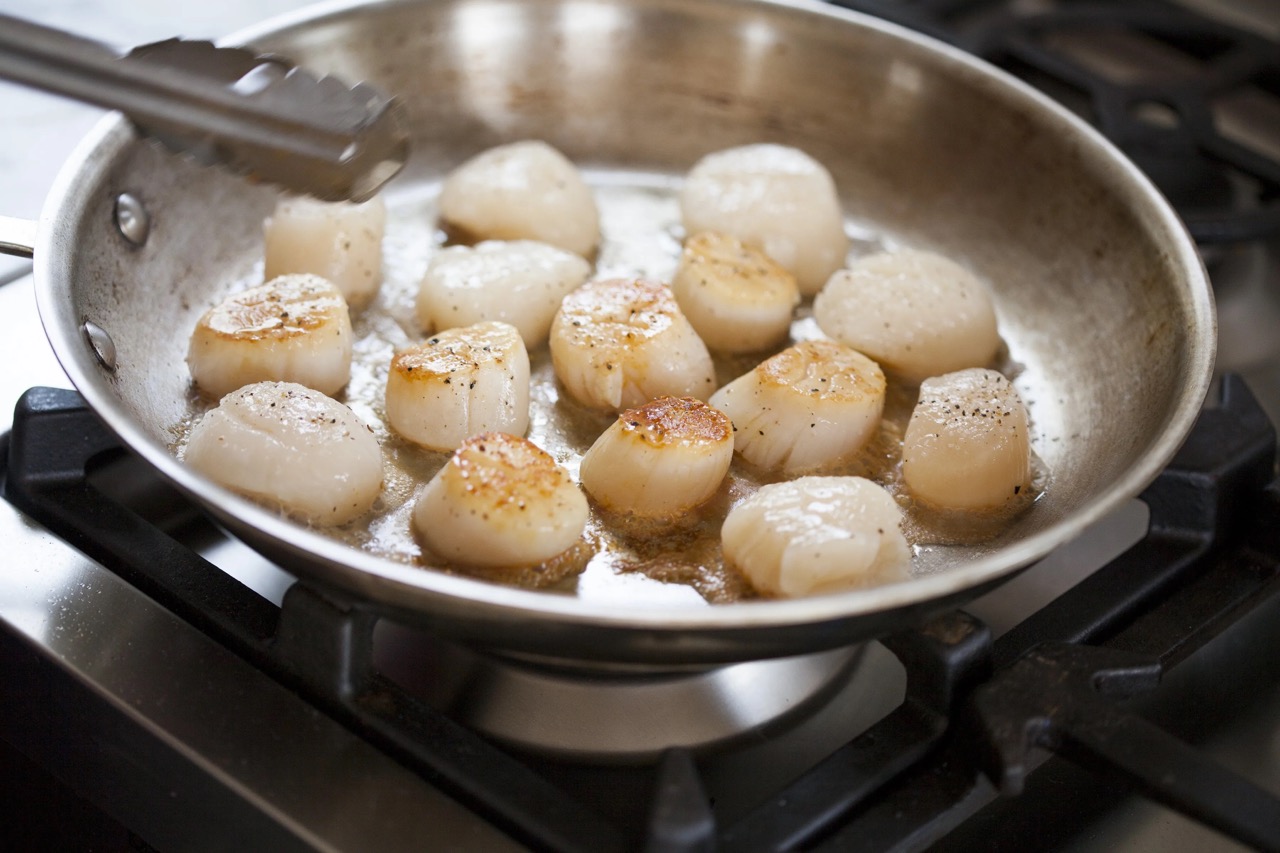




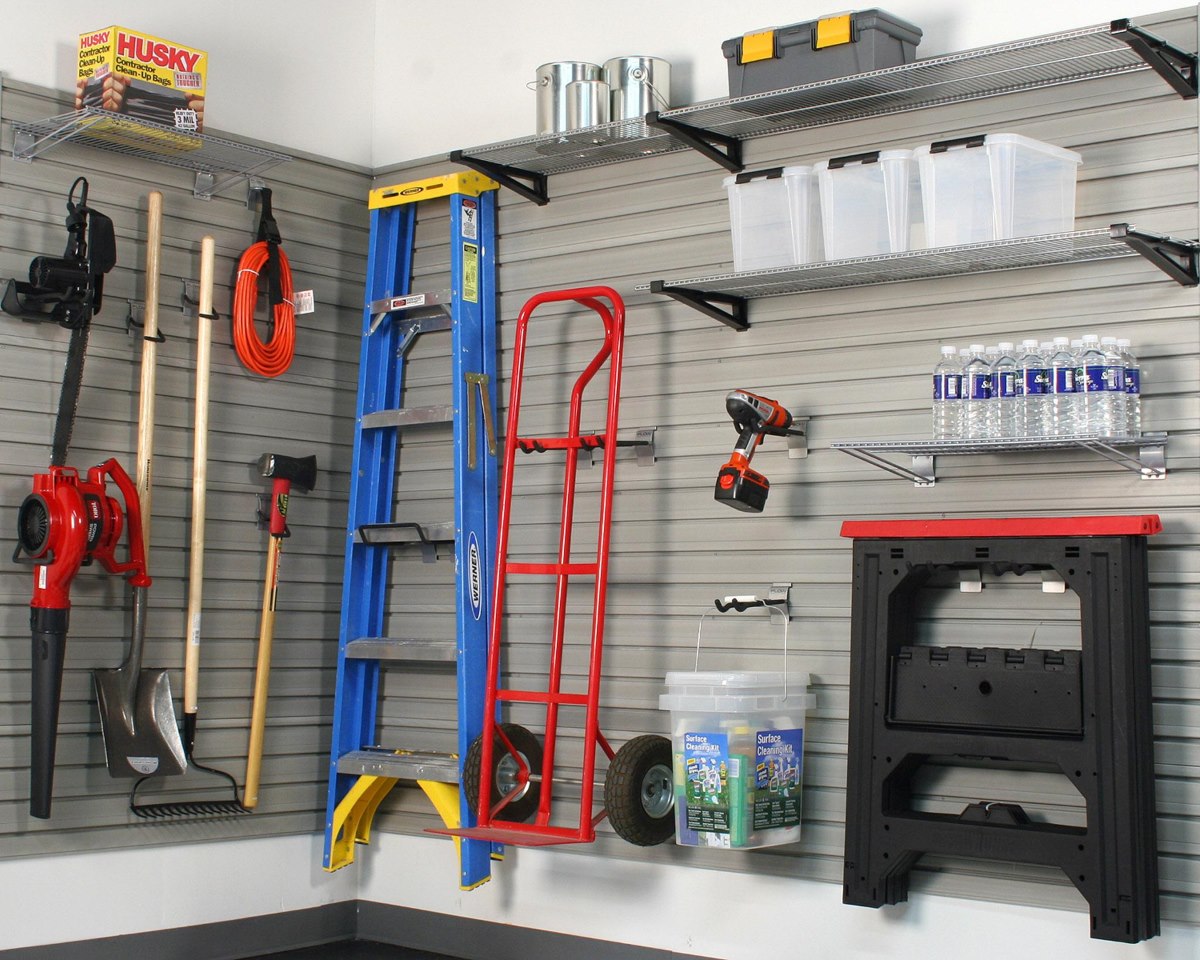

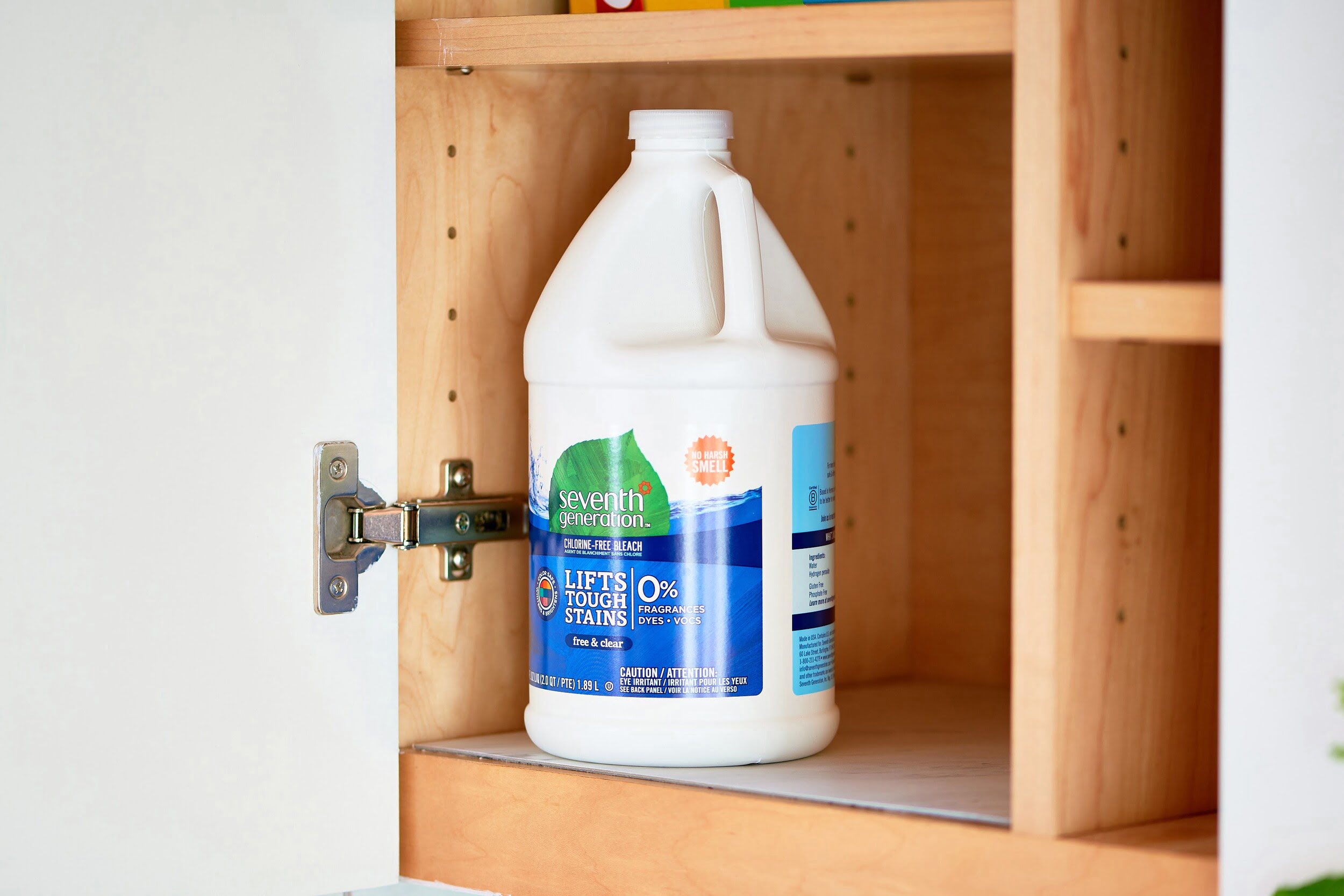
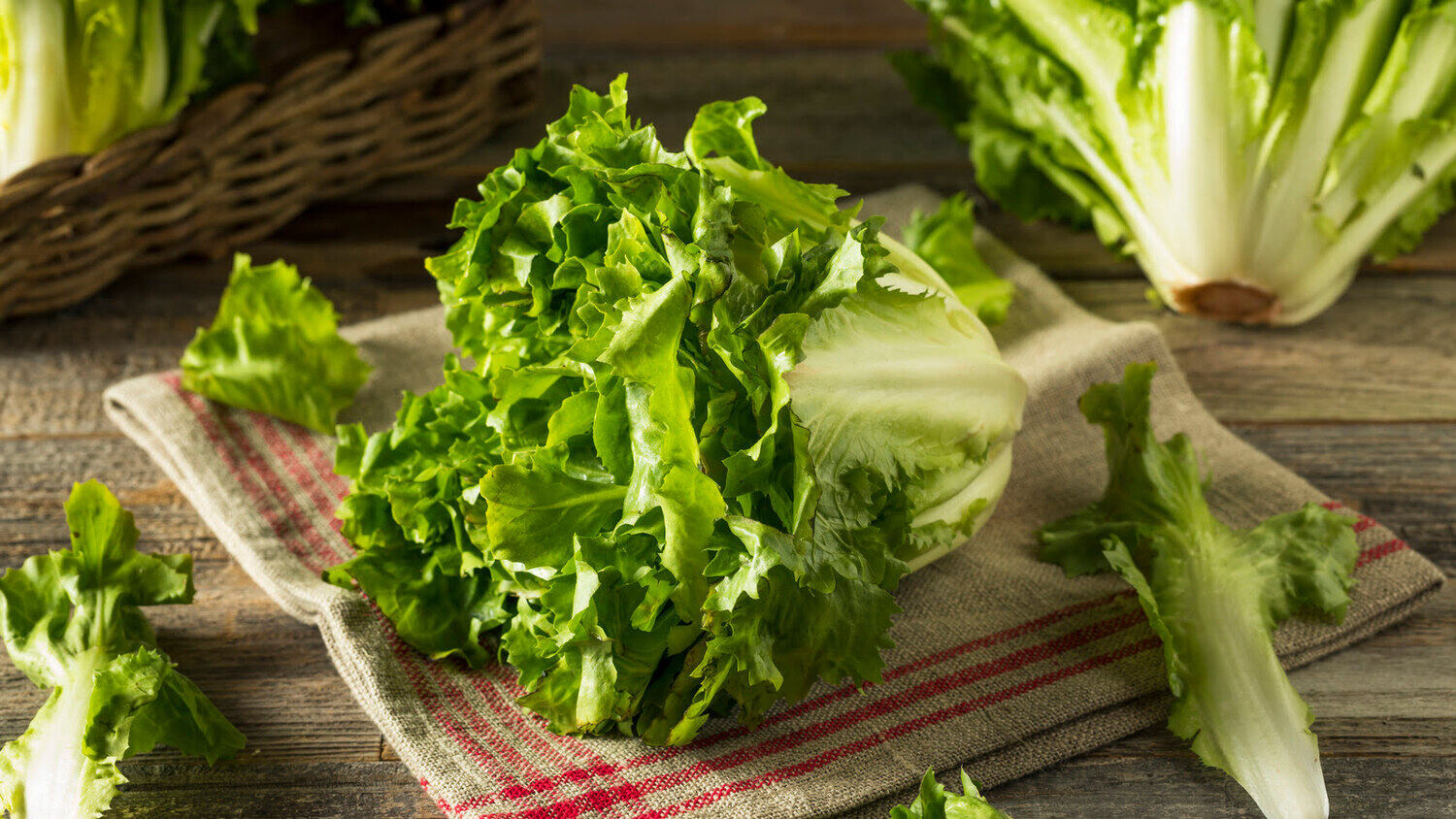
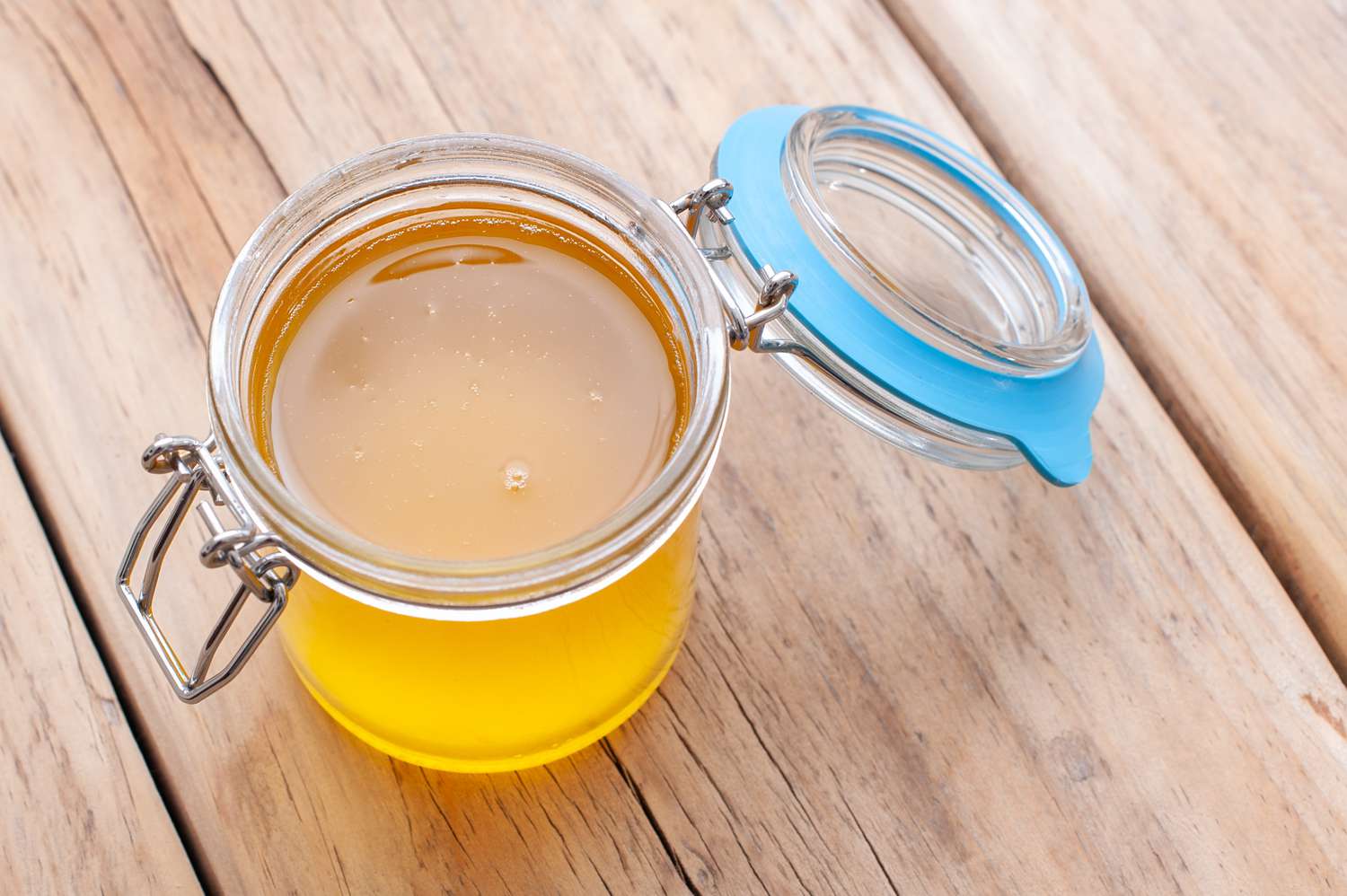
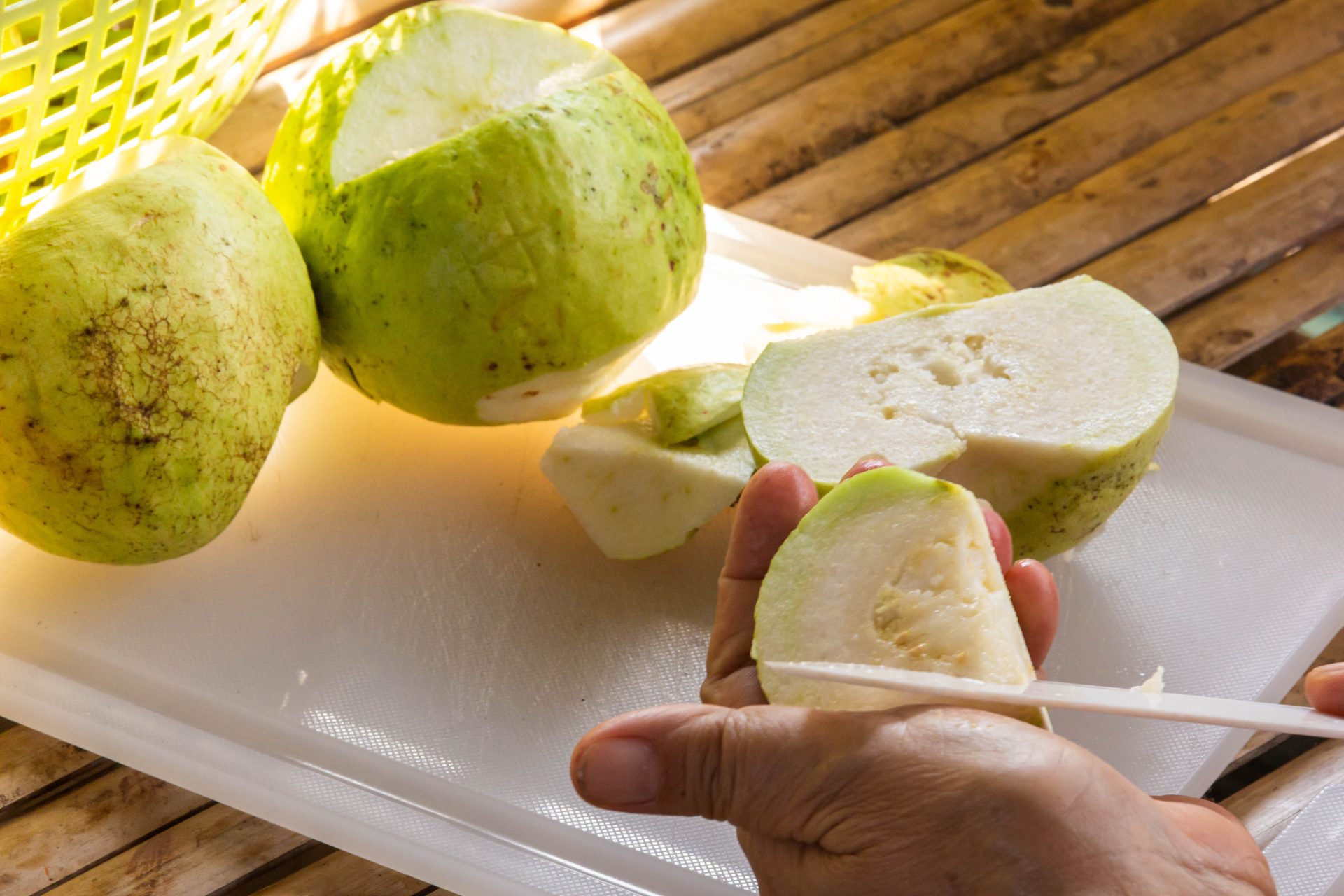
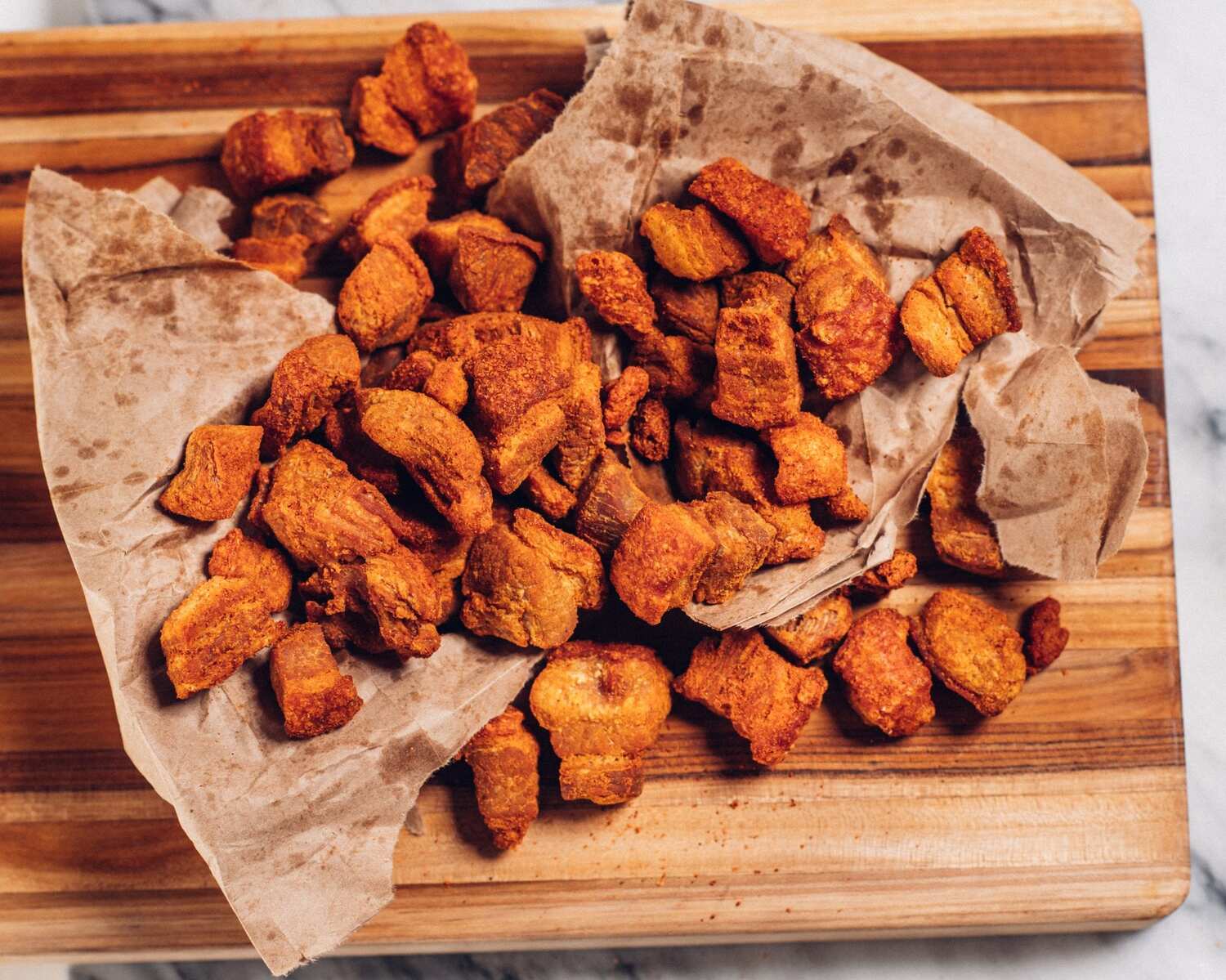
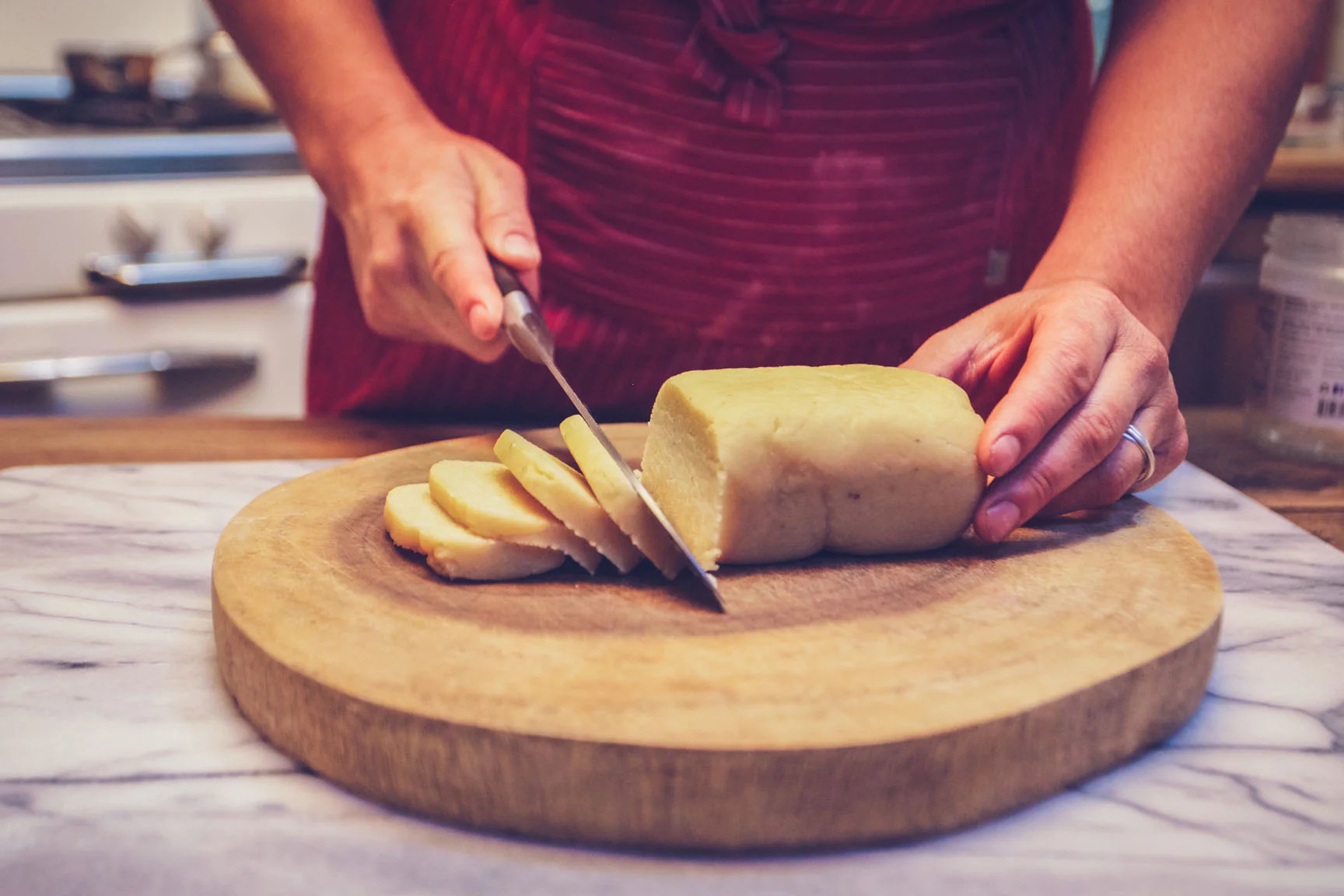
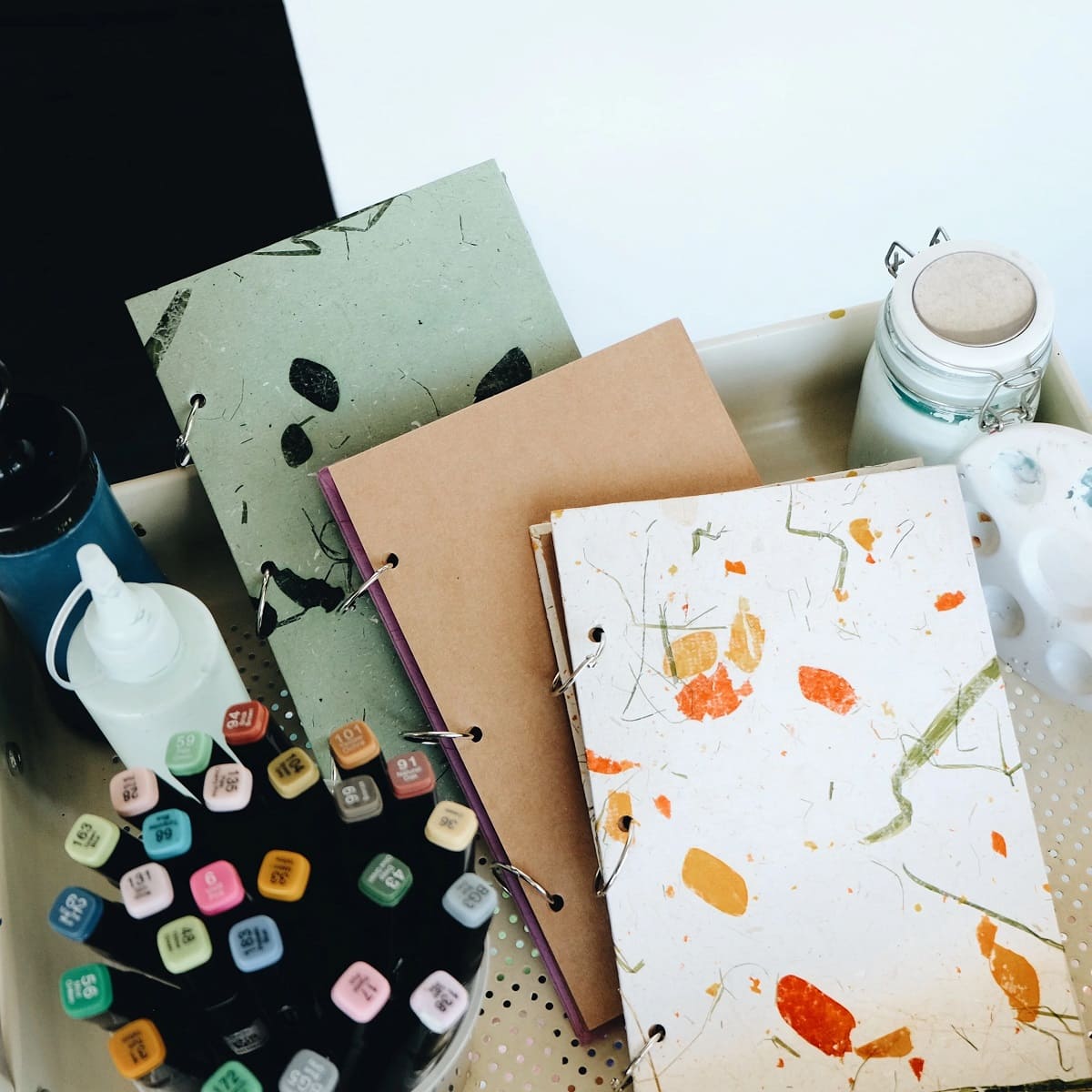

0 thoughts on “How To Store Scallops”